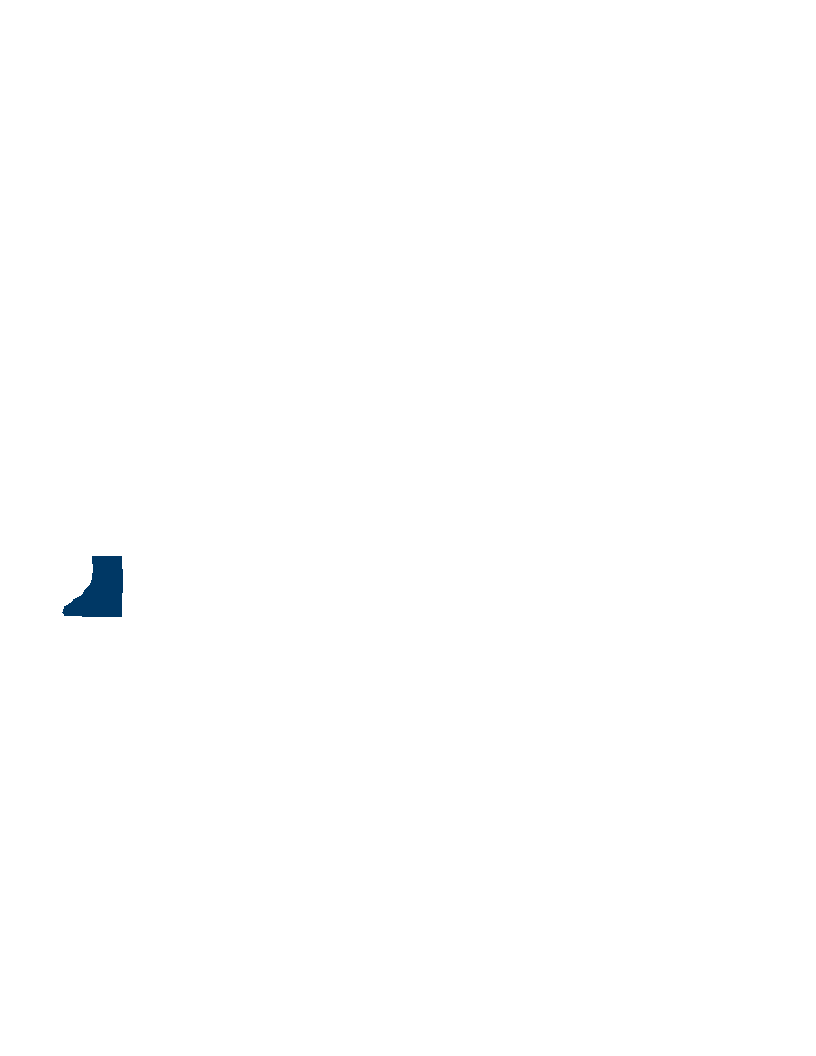Lake Traverse Water Quality Improvement Project Phase 3
Traverse County Ditch 52 (TCD 52) is a well-known, significant source of sediment and nutrients to Lake Traverse and the outlet of the watershed. The BdSWD, Traverse County SWCD and other local partners have a goal to completely stabilize TCD 52 in a series of three phases in a comprehensive effort to address water quality impairments. The Lake Traverse Water Quality Improvement Project Phase 3 will stabilize approximately 1 mile of TCD 52 resulting in a reduction of approximately 2,250 tons per year of sediment transport to Lake Traverse. Construction of Phase 1 has been completed and construction of Phase 2 will begin in the fall of 2021, with funding provided in part by the BWSR CWF competitive grant programs. This proposed Phase 3 is the final phase to completely address this major pollutant source to Lake Traverse. The existing condition of the site is severely degraded, with actively eroding banks in excess of 30 ft in some areas, severely incised channel and reduced connectivity to a functional floodplain. The proposed project will use natural channel design principles to construct approximately 25 rock riffles structures, acquire 20 acres of permanent easement for enhanced buffers, and enhance approximately 3 acres of unstable reach with woody vegetation to reduce bed and bank scour, stabilize side slopes, minimize erosion, resulting in a significant reduction in non-point source sediment and nutrient loading to Lake Traverse, primarily. The Watershed Restoration and Protection Strategy process and the recently approved Bois de Sioux-Mustinka Comprehensive Watershed Management Plan (Plan) have identified the TCD 52 system as a priority to be addressed. Completion of Phase 3 will exceed the Plan short-term goal for sediment reduction in the Lake Traverse Planning region, and achieve 8% of the long-term goal. Completion of Phase 3 effectively addresses the sediment loading from the unstable reaches of TCD 52 to Lake Traverse.
Annie Felix-Gerth
(b) $10,762,000 the first year and $11,504,000 the second year are for grants to local government units to protect and restore surface water and drinking water; to keep water on the land; to protect, enhance, and restore water quality in lakes, rivers, and streams; and to protect groundwater and drinking water, including feedlot water quality and subsurface sewage treatment system projects and stream bank, stream channel, shoreline restoration, and ravine stabilization projects. The projects must use practices demonstrated to be effective, be of long-lasting public benefit, include a match, and be consistent with total maximum daily load (TMDL) implementation plans, watershed restoration and protection strategies (WRAPS), or local water management plans or their equivalents. Up to 20 percent of this appropriation is available for land-treatment projects and practices that benefit drinking water.
Stabilize 1 mile of erosion by installation of 25 rock riffles, 20 acres of enhanced buffer and permanent easement, and enhance 3 acres of eroded channel with woody vegetation to reduction in non-point source sediment and nutrient loading.
The Lake Traverse Water Quality Improvement Project Phase 3 stabilized approximately 1 mile of Traverse County Ditch 52 resulting in a reduction of approximately 2,250 tons per year of sediment transport to Lake Traverse. The project used natural channel design principles to construct approximately 25 rock riffles structures, acquire 20 acres of permanent easement for enhanced buffers, and enhance approximately 3 acres of unstable reach with woody vegetation to reduce bed and bank scour, stabilize side slopes, minimize erosion, resulting in a significant reduction in non-point source sediment and nutrient loading primarily to Lake Traverse.
LOCAL LEVERAGED FUNDS
